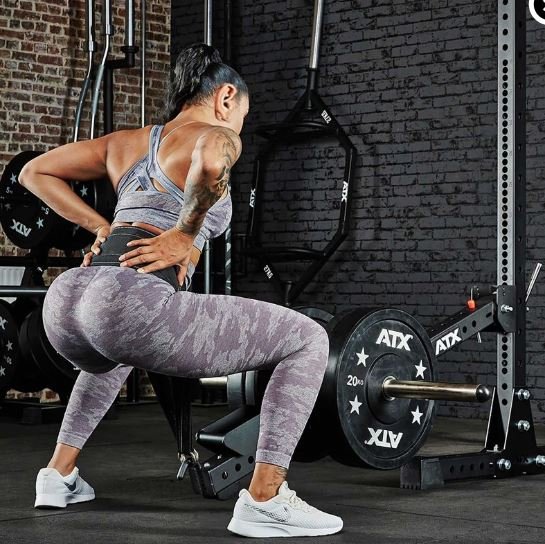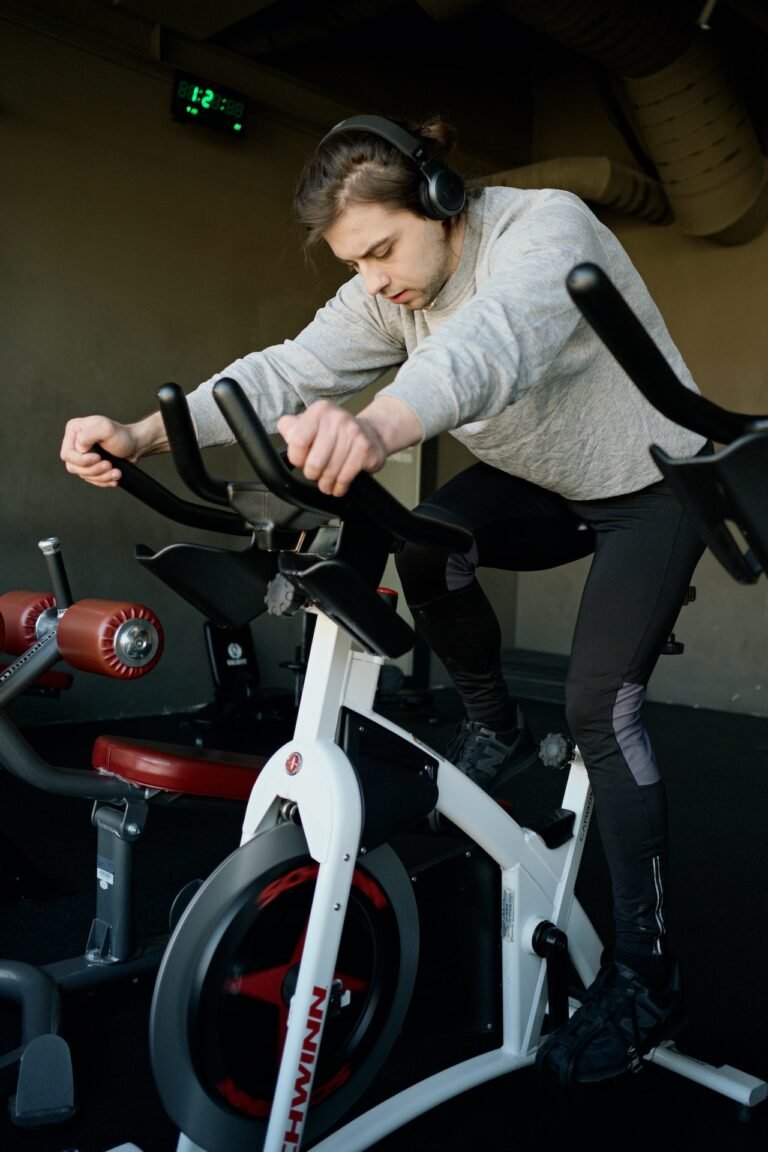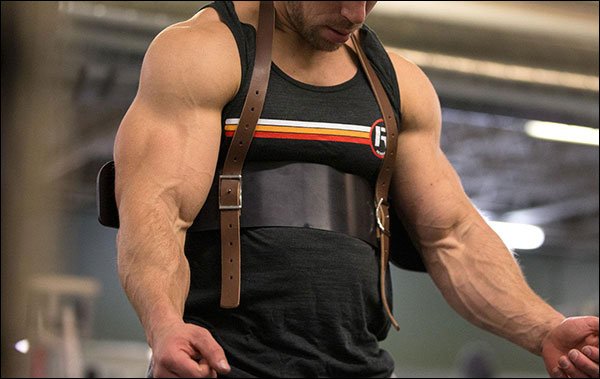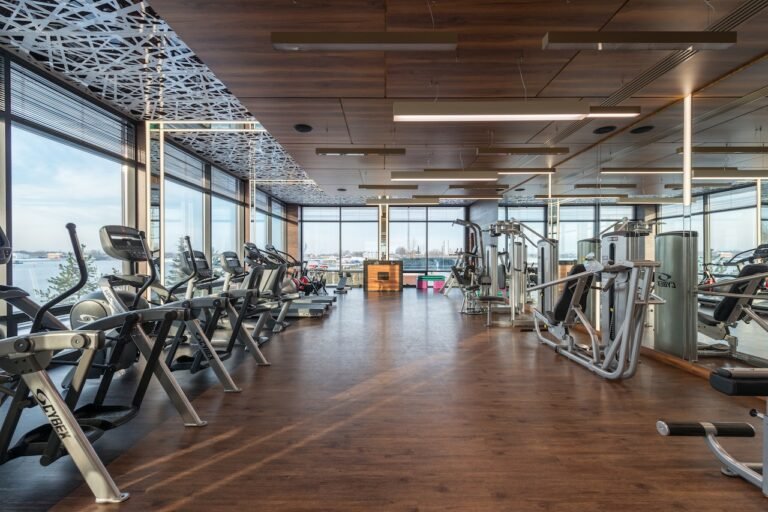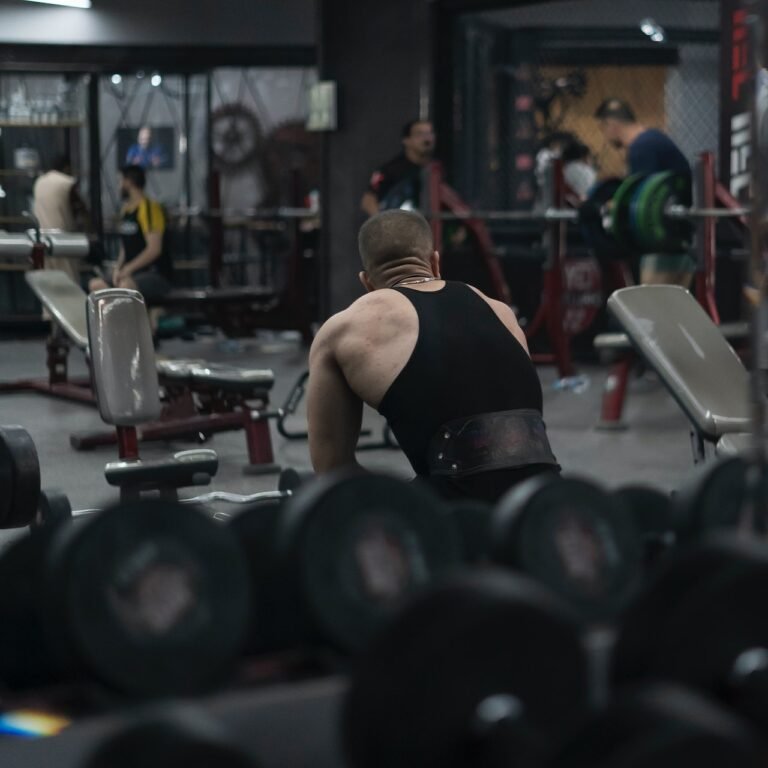Belt Squat Attachment: Optimize Your Fitness Regimen for Powerful Legs
Starting a fitness journey can be both exciting and intimidating, especially when incorporating strength training into your routine. A belt squat attachment offers a scalable path from beginner to pro, allowing users to progressively increase intensity and load without the complexity of mastering barbell squat technique from day one.
For novices, the belt squat attachment provides an opportunity to focus on form and range of motion. It’s an inviting first step, keeping the back neutral and reducing the risk of improper weight distribution—a common concern for those new to squats. As you advance, the attachment can accommodate increased weights, honing in on muscle endurance and strength, making it a versatile tool for all fitness levels.
Belt Squat Attachment: Boosting Performance without the Spinal Load
Traditional squats are effective but can be taxing on your spine, especially as you progress to heavier weights. This is where the belt squat attachment shines. By redistributing the load from your shoulders to your hips, the attachment alleviates pressure on your back while still engaging the target muscle groups—quadriceps, hamstrings, glutes, and calves.
This redistribution is not only beneficial for those with back issues but also for athletes seeking to enhance performance without overburdening their spine. The ability to train with high loads while minimizing spinal compression is a significant advantage, potentially reducing injury risk and enabling more frequent training sessions.
Customizing Your Belt Squat Attachment for Optimal Fitness Results
Personalization is key in any fitness regimen. A belt squat attachment offers various customization options to tailor your workouts to your specific goals. By adjusting the width of your stance, you can target different muscles: a narrower stance will focus more on the quadriceps, while a wider stance will engage the muscles of the inner thigh.
Additionally, the belt’s height and the weight used can be modified easily, accommodating different body types and strength levels. This level of customization ensures that you’re not only working out safely but also maximizing the efficacy of each squat variation to suit your individual fitness journey.
Step-by-Step: Setting Up Your Belt Squat Attachment for Success
Proper setup is crucial to get the most out of your belt squat attachment. Here’s a step-by-step guide:
- Secure the attachment to a stable base or machine as per the manufacturer’s instructions.
- Adjust the belt to fit snugly around your waist. It should be tight enough to support the weight but not so tight that it restricts movement.
- Load the attachment with an appropriate weight for your fitness level.
- Step onto the platform, positioning your feet at shoulder width.
- Engage your core, and keep your chest up and gaze forward as you squat down.
- Push through your heels to return to the starting position, maintaining a steady pace.
By following these steps, you’ll ensure a solid foundation for your workouts, minimizing the risk of injury and paving the way for success.
Unlocking New Workout Potentials with the Belt Squat Attachment
The belt squat attachment is not just a one-dimensional tool; it unlocks new workout potentials by allowing for a variety of squat-related exercises. For instance, you can incorporate lateral walks while in the squat position to further challenge your glutes and adductor muscles. This variety not only keeps your workouts fresh and engaging but also stimulates muscle adaptation and growth.
Belt Squat Attachment Workouts for a Solid Lower Body Foundation
Building a solid lower body foundation is about more than just aesthetics; it’s about creating balance, strength, and power. Integrating the belt squat attachment into your leg day routine can aid in developing this foundation. Its ability to isolate the lower body muscles makes it an exceptional tool for building muscular legs and a robust core.
By incorporating full-range squats, partial movements, and even static holds, the belt squat attachment facilitates a comprehensive lower body workout that traditional squats may not offer, especially for those with limitations or those seeking to minimize upper body engagement.
Belt Squat Attachment vs. Traditional Squats: What’s the Difference?
When it comes to strengthening the lower body, squats are a foundational exercise. However, the traditional squat is not always suitable for everyone, especially those with back or shoulder issues. Enter the belt squat attachment, a revolutionary tool that allows individuals to train intensively without loading the spine. Unlike traditional squats where the weight rests across your shoulders, the belt squat attachment positions the load around your hips, redistributing the weight to minimize stress on your back and shoulders.
Elevate Your Squat Game:
Adopting the belt squat attachment into your workout routine can significantly enhance your squat technique and performance. Firstly, it’s crucial to adjust the belt to fit snugly around your hips. Once secured, you’ll squat down as you would in a traditional squat, keeping your torso upright to maintain proper posture. The key difference is the freedom you feel in your upper body, which allows for a greater focus on driving through the heels and engaging the gluteal and quadricep muscles effectively.
Transform Your Body with These Belt Squat Attachment Workouts
Integrating the belt squat attachment into your training regimen can lead to impressive physical transformations. For a balanced workout, you could start with standard belt squats, aiming for three sets of 8-12 repetitions. As you progress, incorporate variations such as single-leg squats or paused squats for increased intensity. The versatility of the belt squat attachment means you can easily adjust your stance and tempo to target different muscle groups, aiding in comprehensive lower body development.
The Science Behind Belt Squat Attachment and Muscle Activation
The efficacy of the squat attachment is backed by science. Research suggests that this form of squatting provides comparable muscle activation in the lower extremities to that of traditional squats. However, it offers the added benefit of decreased lumbar stress, making it a safer alternative for those concerned about back health. This means athletes can still reap the benefits of heavy squatting with less risk of injury.
Mastering the Art of Squatting with a Belt Squat Attachment
Mastering squats using a belt for squat attachment requires attention to form and technique. Begin by standing on the platform with your feet shoulder-width apart. Engage your core and descend into a squat, aiming to get your thighs parallel to the floor. Then, powerfully ascend back to the starting position. With the belt taking the load, you can focus entirely on the mechanics of your squat, perfecting your form with each repetition.
Essential Tips for Safe and Effective Training
To ensure safety and effectiveness when using a belt squat attachment, always start with a proper warm-up to prepare your muscles and joints for the workout. Check the equipment for any signs of wear or damage before use. When performing the exercise, proceed with controlled movements, avoiding any jerky or rapid motions that could lead to injury. Finally, listen to your body and avoid overloading the weight, which could compromise your form and effectiveness of the workout.
5 Reasons Why a Belt Squat Attachment is a Must-Have in Your Fitness Routine
Firstly, using a belt squat attachment promotes a better range of motion. Without the barbell on your back, you can squat deeper and with greater alignment. Secondly, it’s excellent for recovery days. If your upper body is sore from a previous workout, you can still train your legs effectively. Thirdly, the attachment encourages muscle balance. By isolating the lower body, you can prevent the stronger side from dominating, leading to more symmetrical strength development.
Fourthly, it can enhance athletic performance. Athletes looking to improve their explosiveness and leg strength find belt squat attachments particularly beneficial. Lastly, it’s versatile. Whether you’re a bodybuilder, a powerlifter, or just someone looking to get fit, the belt squat attachment can be integrated into various workout routines to help achieve your goals.
The Ultimate Guide to Belt Squat Attachment Exercises for Maximum Gains
If you’re ready to see substantial gains, there are a few exercises you should incorporate with your belt squat attachment. Traditional belt squats are the foundation. Standing on a platform with the belt around your hips, you squat down as you would with a regular squat. But don’t stop there. Lateral walks while in a squat position can fire up your adductors and abductors, essential for hip stability.
Furthermore, you can perform single-leg squats for unilateral training, ensuring that each leg is pulling its weight. And for those looking to really challenge their balance and coordination, pistol squats with the belt squat attachment can be a great progression.
How to Choose the Right Belt Squat Attachment for Your Home Gym
Selecting the ideal belt squat attachment involves considering several factors. Durability is paramount; look for a heavy-duty construction that can withstand the weight you plan to lift. Next, consider the attachment system. It should be easy to hook and unhook from your weight but secure enough to stay in place during your workout.
Comfort is also crucial. A well-padded belt will make the exercise more enjoyable and sustainable. Finally, size matters. Ensure that the belt squat attachment fits comfortably around your hips and the platform allows for a full range of motion.
Innovative Workout Techniques
To keep your workouts fresh and challenging, it’s vital to incorporate some innovative techniques. Try pause squats, where you hold the bottom position for a count of three to increase time under tension. Additionally, you can integrate plyometric exercises like squat jumps to boost power and explosiveness.
Transitioning between these techniques keeps your muscles guessing and adapting, leading to continuous improvement and a more dynamic fitness journey. By implementing the belt squat attachment into your workout regime, you unlock a new level of precision and efficiency in your lower body training.

